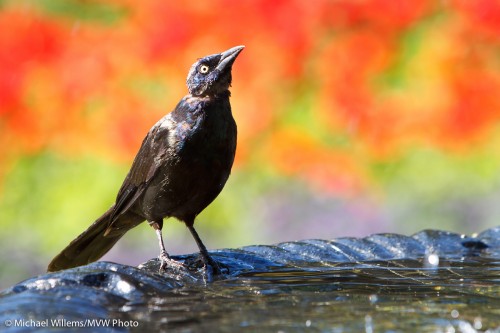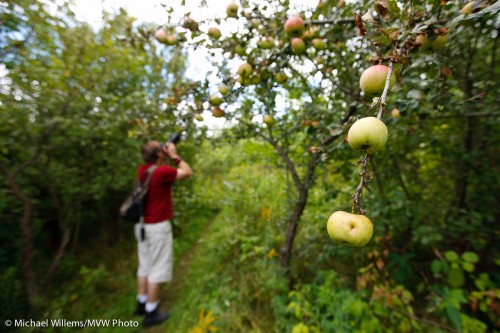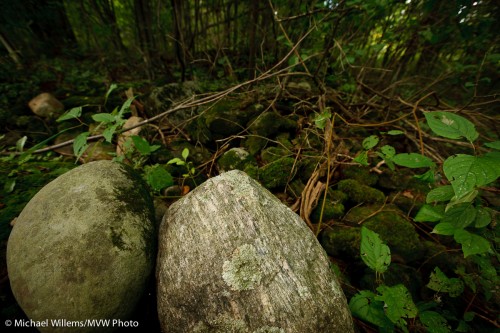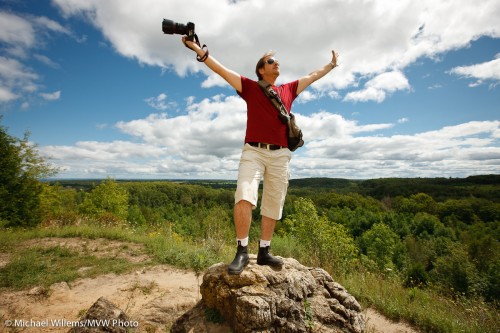Nature can be beautiful, as in the snap I made in downtown Toronto yesterday afternoon:
Sometimes, as in this example, nature is best seen close up; sometimes better using wide angles.
That is the kind of thing we will be going over in the upcoming full-day Nature Walk workshop, which, take note, has now been brought forward to 11 September. It is also one of the subjects I go through in the Henry’s “Creative Urban Photography” half day walkaround I do in Oakville.
Choosing the right angle is a very important part of making (not “taking”!) a photo, and it is one of many subjects covered.
Oh, the photo? A 70-200mm f/2.8L lens, set to f/4 (I wanted the bird to be sharp, and these birds never sit still for more than a moment). At 200 ISO, that gave me 1/250th second. I used the Canon 7D camera, because its 1/6 crop factor gave me a longer reach (the 200mm effectively became 320m).




